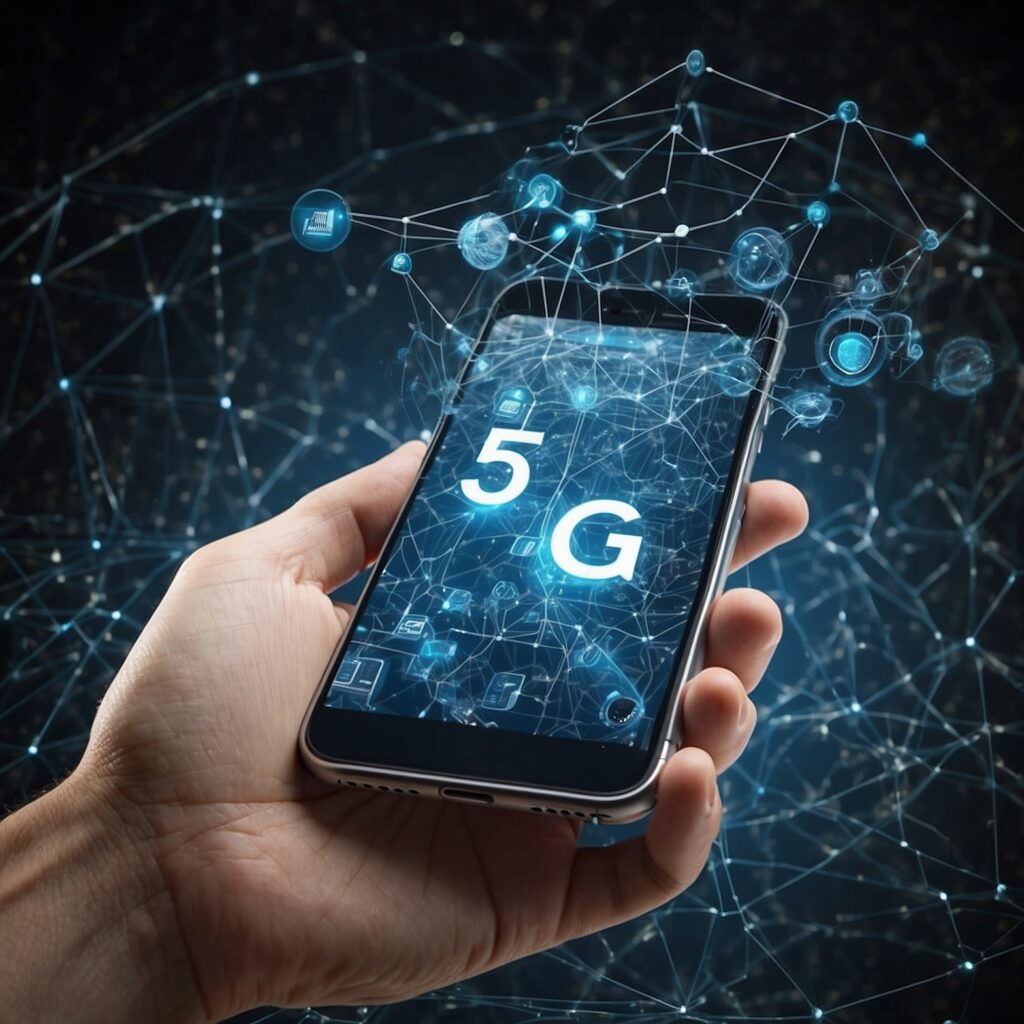Introduction to 5G and Its Role in Mobile Web Development
5G is more than just a faster mobile network; it’s a complete transformation of how devices connect and interact online. With the potential to reach speeds up to 100 times faster than 4G, 5G opens new possibilities for mobile web developers to create highly responsive, immersive experiences. This technological leap isn’t just about speed but also about reduced latency, higher device capacity, and greater efficiency. As developers adapt to these advancements, users can expect a dramatic shift in how mobile websites function and feel.
Enhanced Speed and Performance
One of the most immediate benefits of 5G is speed. Websites that took seconds to load on 4G can load nearly instantaneously with 5G. This means mobile sites can incorporate heavier elements, like high-resolution images, videos, and interactive graphics, without compromising load times. For developers, 5G provides the freedom to create richer, more visually complex mobile experiences, knowing that loading delays will no longer be a barrier. Faster speeds also mean a lower bounce rate, as users are less likely to abandon slow-loading pages.
Lower Latency for Real-Time Interactions
Latency, or the time it takes for data to travel between the user’s device and the server, is dramatically reduced with 5G. For developers, this opens up new possibilities for real-time applications. Features like live-streaming, virtual reality (VR), and augmented reality (AR) on mobile sites can run seamlessly with 5G, offering users highly interactive and engaging experiences. Additionally, lower latency enhances real-time communication apps, enabling smoother video conferencing and online gaming without lag. This upgrade allows developers to prioritize user engagement and create interactive elements that enhance usability and enjoyment.
Increased Device Connectivity and Internet of Things (IoT) Integration
5G supports a higher number of devices per network, enabling greater connectivity across various devices simultaneously. This is particularly relevant for IoT, where multiple devices like smart home systems, wearables, and connected vehicles communicate over the internet. Web developers now have the chance to design mobile applications that interact more seamlessly with other IoT devices, creating cohesive, interconnected experiences. For example, a mobile app might integrate with a user’s home security system, wearables, and car for a more personalized experience. This integration requires web developers to consider IoT protocols and user security across multiple devices, shaping the future of mobile web design.
Leveraging Advanced Technologies for Mobile Websites
With 5G’s increased capabilities, developers can integrate advanced technologies into mobile web design, such as machine learning and artificial intelligence. These technologies can enhance user experience by enabling more personalized, intuitive interactions. For example, machine learning algorithms can analyze user behavior in real-time, providing tailored content and recommendations. Furthermore, artificial intelligence can support customer service through sophisticated chatbots that respond instantly and handle complex queries. These technologies, combined with 5G’s speed and efficiency, allow developers to create smart, responsive mobile websites that adapt to users’ needs dynamically.
Challenges and Considerations for Mobile Web Developers
While 5G offers immense potential, developers face challenges in adapting to this new technology. One concern is ensuring that mobile sites remain accessible to users on older networks like 4G, especially in areas where 5G coverage is limited. Additionally, the increased data and connectivity bring potential security risks, as more connected devices mean more entry points for cyber threats. Web developers need to prioritize secure data handling, encryption, and user privacy as they design with 5G in mind. Lastly, the rapid advancements in technology may require developers to stay continuously updated on new protocols, standards, and best practices.
The Future of Mobile Web Development in the 5G Era
5G technology is redefining mobile web development, creating an environment for richer, faster, and more interactive experiences. With reduced latency, enhanced speed, and increased device connectivity, developers can build websites that align with the increasingly digital, connected lives of users. As 5G technology continues to roll out worldwide, its impact on mobile web development will only grow, shaping an era where mobile websites are faster, smarter, and more immersive than ever before.
In conclusion, the shift to 5G promises significant advancements and opportunities for mobile web developers. As they adapt to this new technology, developers have the chance to revolutionize the mobile web landscape, offering users experiences that are not only faster but also more interactive, personalized, and engaging.





